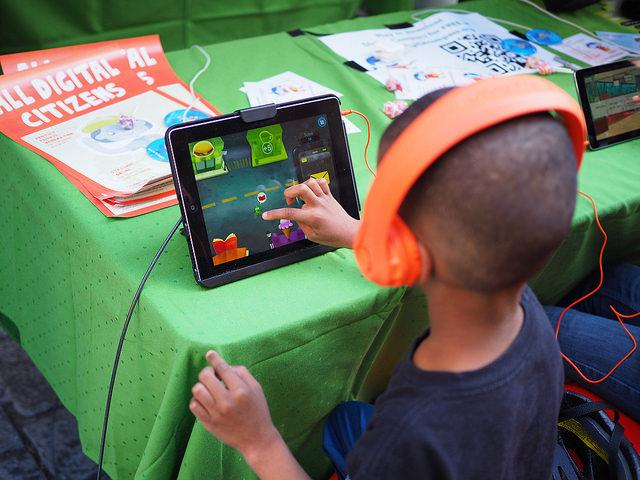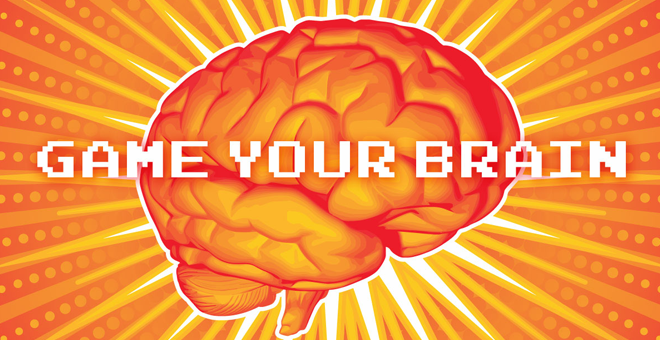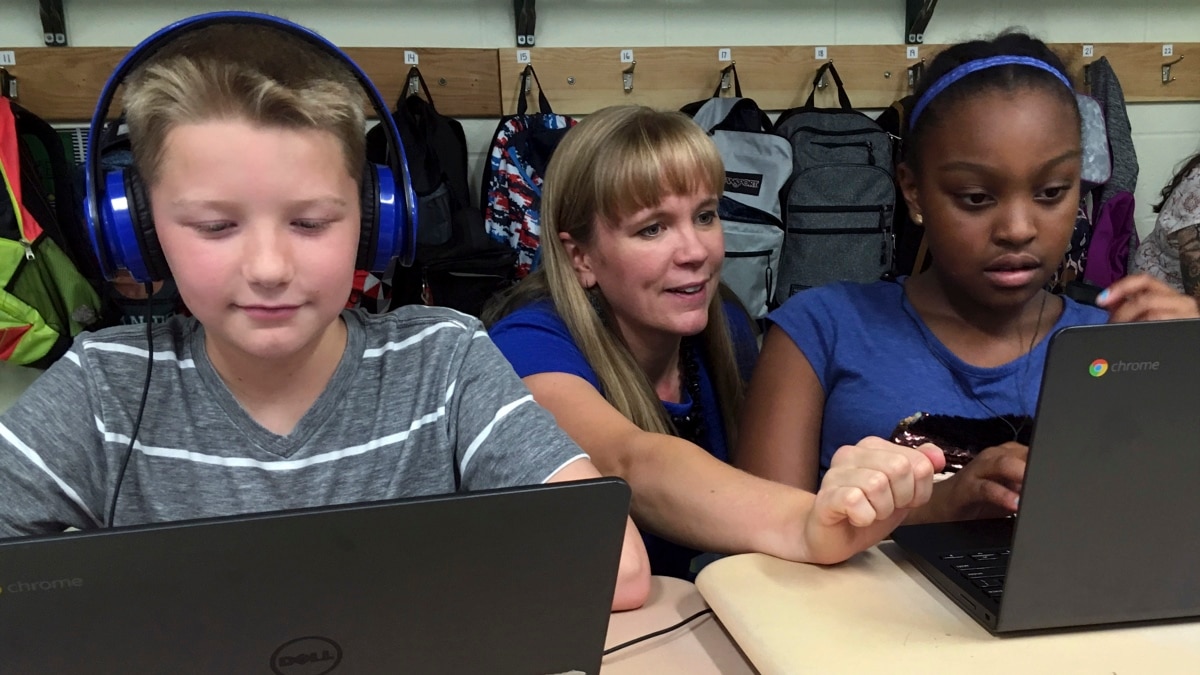By Maria Papagiannopoulou,
There is nothing new about using video games in the classroom. The renowned computer game The Oregon Trail, which was first played in a classroom in 1971, may be well remembered by many people who attended school in the 1970s through the 1990s. In the game, players take control of a group of settlers as they travel through the Midwest in the manner of Lewis and Clark. The advent of the video game Pong, an electronic version of table tennis, in 1972 marked the beginning of the video game business.
Despite the fact that instructional video games have been used in classrooms for 50 years and that research indicates they can be successful, they are still not very widespread. Since the publication of The Oregon Trail, a lot of instructional video games have been developed. Where in the World Is Carmen Sandiego?, Math Blaster!, Zoombinis, iCivics, DragonBox Algebra, and History Maker VR are a few of the most well-known. Most games are designed for preschoolers and primary school pupils.

I believe that video games should be utilized in every classroom for the following five reasons.
1) Video games encourage pupils to pursue STEM fields
The President’s Council of Advisors on Science and Technology concluded in 2020 that the country must develop the future STEM workforce. The difficulty of initial courses like calculus is one of the reasons people leave or transition from science, technology, engineering, and math programs.
A calculus game that has been created by the University of Oklahoma can aid students in mastering the subject. According to research, utilizing a well-designed learning game like “Variant: Limits”, another calculus game created by Texas A&M University, boosts students’ comprehension of the subject.
2) They provide practical learning
According to the Organization for Economic Co-operation and Development, it is crucial to teach pupils 21st-century abilities, such as innovative problem solving, to prepare them for the workforce of the future. Students can learn critical thinking abilities by playing games like DragonBox Algebra, where they answer arithmetic problems in a fantastical setting.
Players can assume the role of a civic leader and manage the prosperity of nations in games like Civilization. Learners in ARTé: Mecenas have the opportunity to join the Medici dynasty, and become wealthy financiers, and patrons of the arts. Students can acquire knowledge and abilities through experiential learning that they might not acquire in regular classroom settings.

Games are an organic approach for children to make mistakes in a safe environment, learn from them, and keep trying until they succeed.
Failure can be enjoyable in some games, like Burnout Paradise. Players can wreck their cars in the game, and the more spectacular the crash, the more points are awarded. This essentially enables players to learn from their errors, make improvements, and try again.
Jesper Juul, a late author and theorist of video games, asserted in his book The Art of Failure that losing computer games contributes to their allure. Even if losing a game makes a player feel inadequate, they can quickly bounce back and get better.
4) Students stay engaged in content
Only 60% of the allotted class time is typically used by students to learn in a classroom. It has been demonstrated that lengthening the school day to provide children additional time for learning is only slightly successful. Engaged time on task is a more efficient approach to increase learning time. Students are engaged and fascinated about a subject when they are curious and caring about it. This makes learning much more effective.
Teachers can engage pupils in the classroom. However, when it comes to homework, teachers must rely on alternative strategies to inspire students. Gameplay is one method. Educational games can be made to increase motivation and engagement, giving students more time to focus on the work at hand.
5) Games make complex material look funny
According to educational ideas, pupils must build their own knowledge; it cannot be provided to them. As they create their own information, learners build on previously learned concepts to create higher-level and more complicated knowledge.

Many pupils find it difficult to understand and retain the elements of the periodic table. Middle school pupils playing the well-known video game Pokémon, however, may quickly learn a difficult three-dimensional matrix with 27,624 values. The key to winning battles with other Pokémon is to combine the game’s 17 various attack kinds. Each Pokémon can utilize one or two different types of attacks.
Instead of studying a big table with 27,624 entries, players learn the various combinations by actually playing the game. Through playing the game, kids gradually get a deeper understanding of the activity and hone fundamental abilities like literacy, the ability to compete with dignity and sportsmanship, and abstract thought.
Although Pokémon was not created as an educational game, its design ideas and those of other well-known video games might be easily applied to create instructive video games for classrooms.
A student’s life includes valuable and significant roles in games. The purpose of games in a student’s life is to give them access to a creative environment that fosters their uniqueness, mental capacity, and capacity for thought. Children’s abilities and skills are always improved by games, which also help to foster their competitive spirits. It aids in the growth of a sound mind and physically fit body. Since it is well known that a healthy body and mind go hand in hand, games should be played frequently by all students.
Sports and games are essential components of schooling. Playing various games helps the students maintain good health. It is a fact that education is incomplete without games. It instills in us self-control, endurance, and sportsmanship. Additionally, it adds some good excitement and fun to students’ often dreary and boring lives. The physical element of a student should not be overlooked because the goal of education is the overall development of a full personality. As everyone is aware, excellent education depends on both physical and mental growth. Since sports, games, and physical activity are all essential components of education, there would be no education at all without them. Well, in addition to educating us, games also help us all get ready to stand up and take on all of life’s difficult difficulties.
References
-
Annetta, L. A. (2008). Video games in education: Why they should be used and how they are being used. Theory into practice, 47(3), 229-239.
-
Squire, K. (2003). Video games in education. Int. J. Intell. Games & Simulation, 2(1), 49-62.




